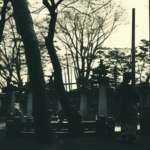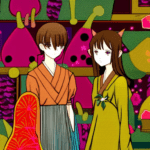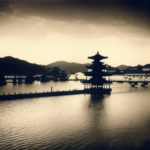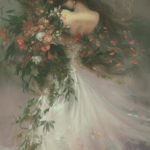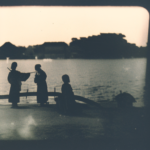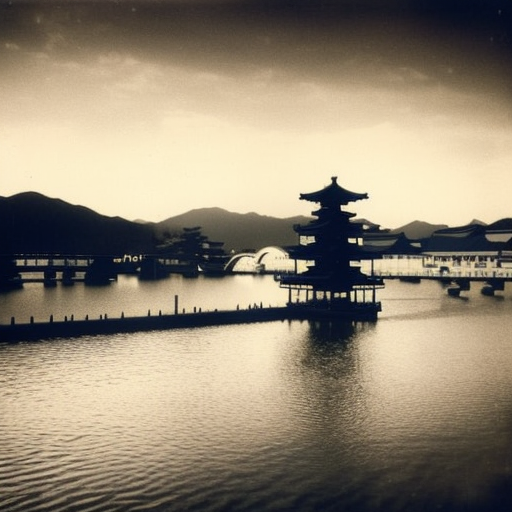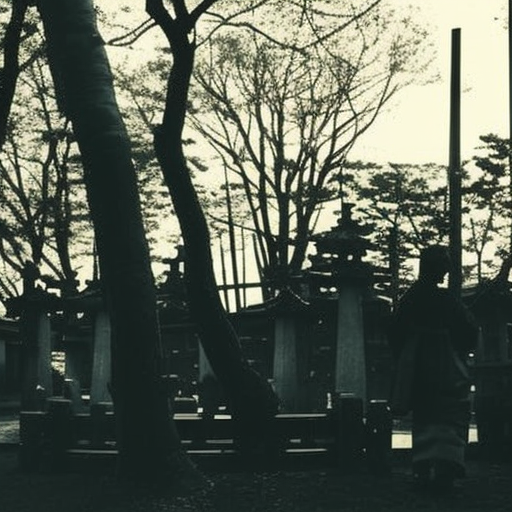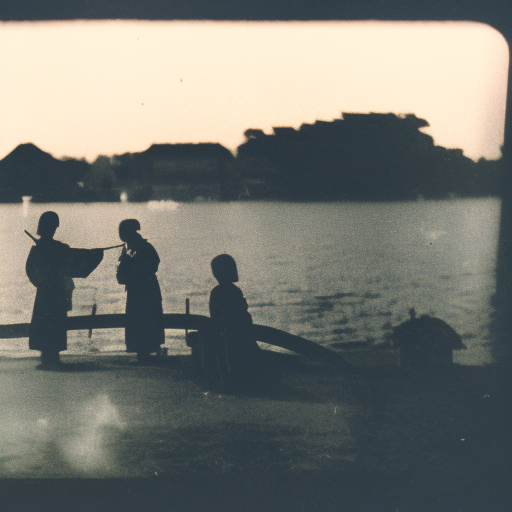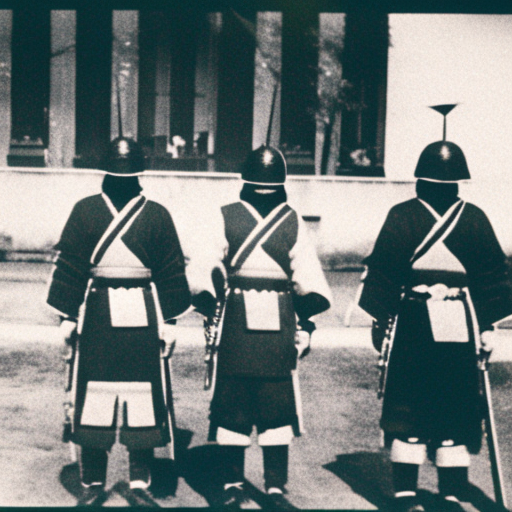The Heian Period in Japan: A Golden Age of Culture and Literature
The Heian Period in Japan, which lasted from 794 to 1185, is widely regarded as a golden age of culture and literature. It was a time of relative peace and stability, allowing for the flourishing of arts and intellectual pursuits. The period takes its name from the capital city of Heian-kyo, present-day Kyoto, which served as the political and cultural center of Japan during this time.
Political and Social Structure
The Heian Period was characterized by a highly centralized government led by the imperial court. The emperor held the highest authority, but real power was often wielded by influential noble families, such as the Fujiwara clan. The court was organized into a complex hierarchy, with strict rules of etiquette and protocol governing social interactions.
Art and Literature
One of the most significant contributions of the Heian Period was the development of a unique and refined aesthetic. The court nobility, particularly the aristocratic women, played a crucial role in shaping the artistic and cultural landscape. They excelled in calligraphy, poetry, and painting, creating works that reflected the elegance and beauty of the period.
The most famous literary work of the Heian Period is “The Tale of Genji” by Murasaki Shikibu. This novel, often considered the world’s first novel, follows the life and romantic exploits of the protagonist, Prince Genji. It provides a vivid portrayal of court life, love affairs, and political intrigues. “The Pillow Book” by Sei Shonagon is another notable work from this period, offering a collection of observations and musings on various aspects of courtly life.
Religion and Beliefs
Buddhism played a significant role in the Heian Period, with many temples and monasteries being built. The Tendai and Shingon sects gained prominence during this time. However, the aristocracy also maintained a strong connection to Shinto, the indigenous religion of Japan. Shinto rituals and beliefs were intertwined with court ceremonies and daily life.
Gender Roles and Courtly Love
The Heian Period saw the emergence of a distinct court culture, heavily influenced by the concept of “mono no aware” or the beauty of impermanence. Courtly love and romantic relationships were highly valued, and elaborate courtship rituals were developed. However, these relationships were often constrained by strict social conventions and the institution of arranged marriages.
A notable aspect of Heian society was the prominence of women in cultural and literary circles. Aristocratic women, known as “kuge,” were highly educated and actively participated in the creation of literature and art. They often served as muses and inspirations for male writers and poets.
Decline and Legacy
The Heian Period began to decline in the late 11th century, marked by political instability and the rise of regional military leaders known as samurai. The imperial court lost control over the provinces, leading to the fragmentation of power. The period came to an end with the Genpei War in 1180, which resulted in the establishment of the Kamakura Shogunate.
Despite its eventual decline, the Heian Period left a lasting legacy on Japanese culture. The refined aesthetic sensibilities, courtly traditions, and literary achievements continue to influence Japanese art and literature to this day. The period is celebrated as a time of cultural richness and artistic excellence, representing a pinnacle of Japanese civilization.
